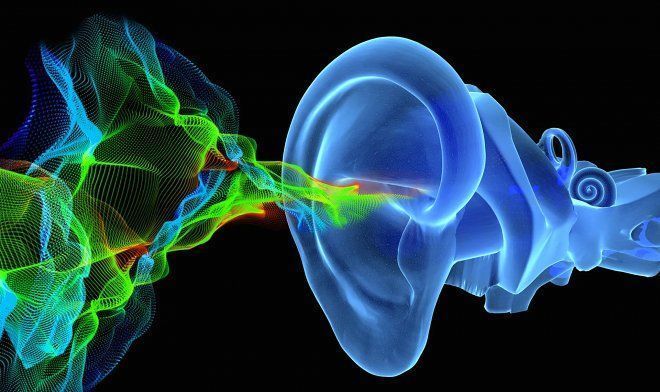A breakthrough in neurobiology: scientists have discovered the mechanism of turning vibrations into sound
A breakthrough in neurobiology: scientists have discovered the mechanism of turning vibrations into sound
Scientists at Oregon State University for Health Studies (USA) have uncovered the fundamental process of converting vibrations into electrical signals, which our brains perceive as sounds. This daunting task has eluded study for decades due to imperfect technology. Research is still ongoing, but scientists now have an understanding of the architecture of mechanosensory signal transmission in the human ear.
The conversion of vibrations into electrical impulses occurs at the molecular level, and a complex protein complex is responsible for it. Since protein updating is related to DNA structure, this process is prone to failures and mutations. Scientists already knew that a number of hearing disorders are genetically caused, but they now have a much better understanding of which proteins and genes are responsible for various tasks. Accordingly, they now have a real opportunity to influence them in order to eliminate the defects.
Constructing the architecture of this mechanism took five years to study the genome of Caenorhabditis elegans ascarids, since it is similar in a number of parameters to that of humans. Scientists examined 60 million worms using a new technology called cryo-electron microscopy. It allows to penetrate inside tissues and collect data to build 3D models of protein structures. The resulting discovery is a huge achievement for neurobiology.
